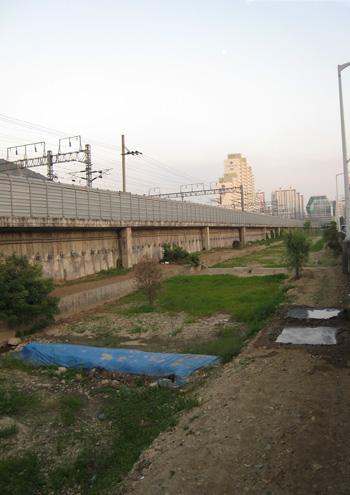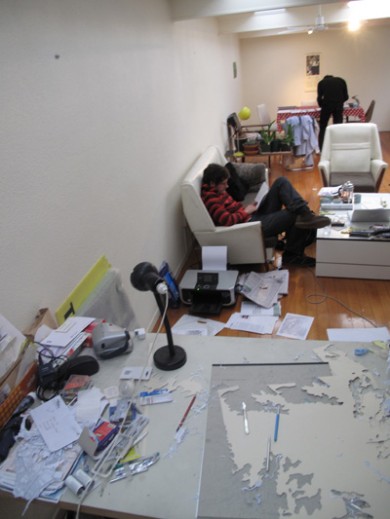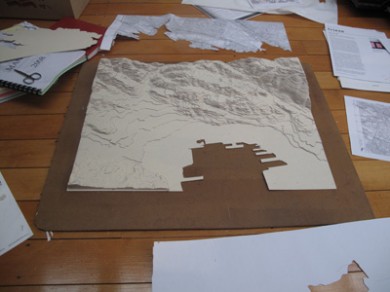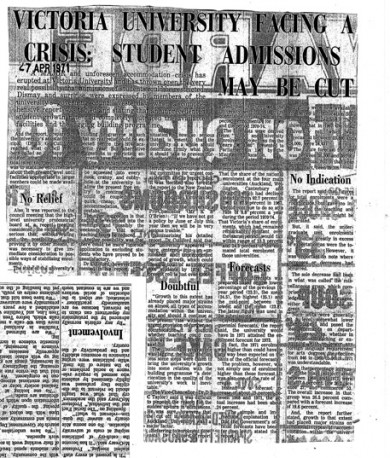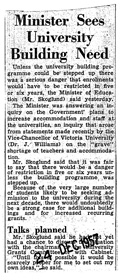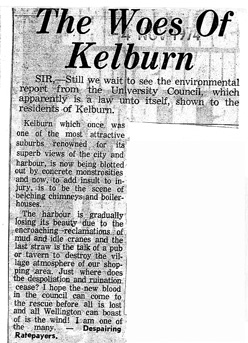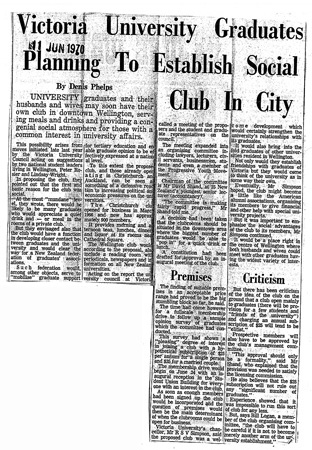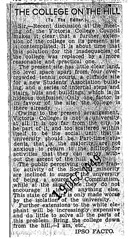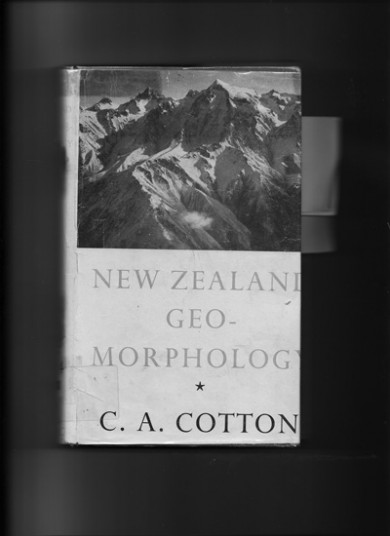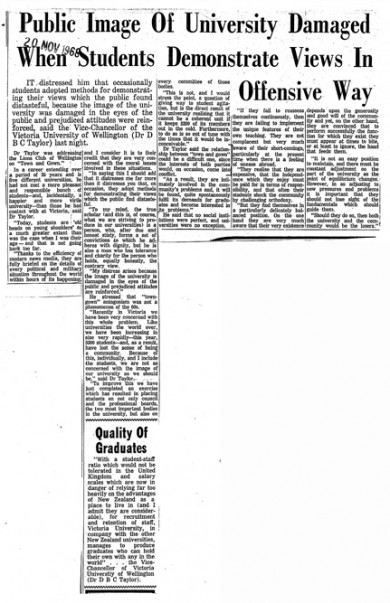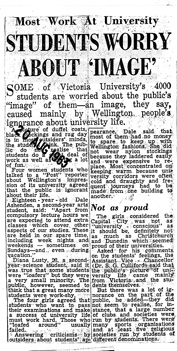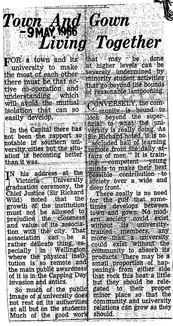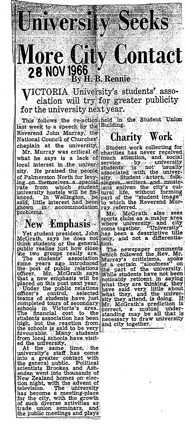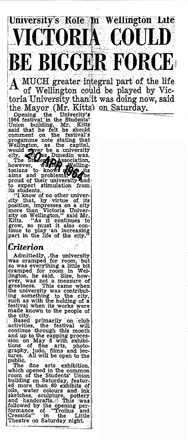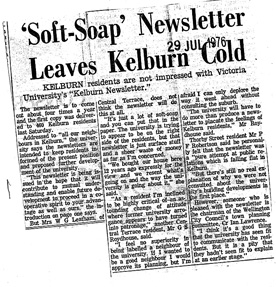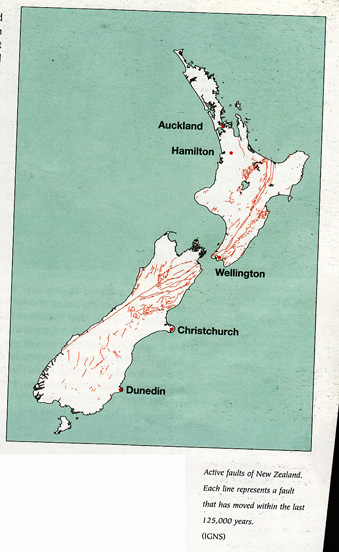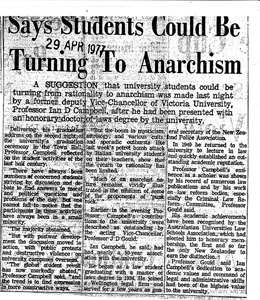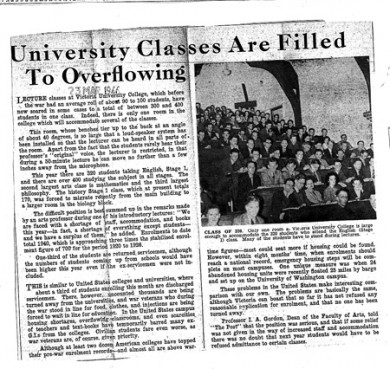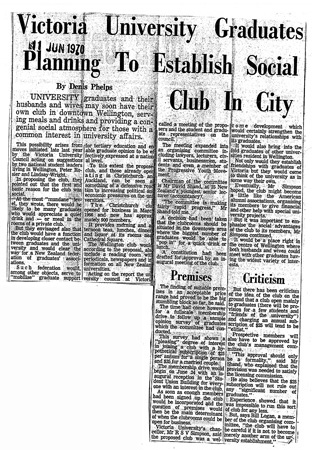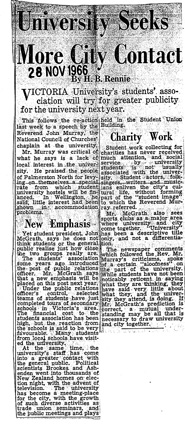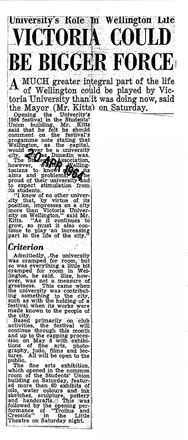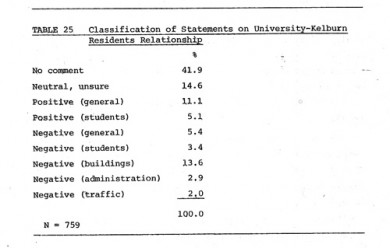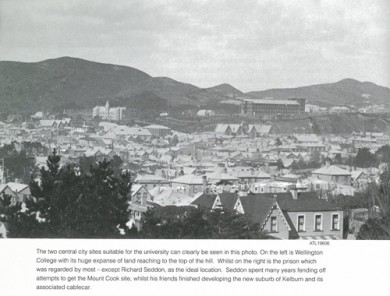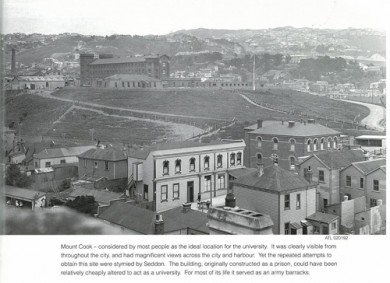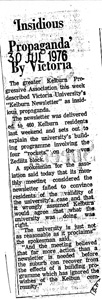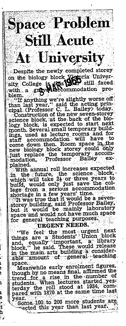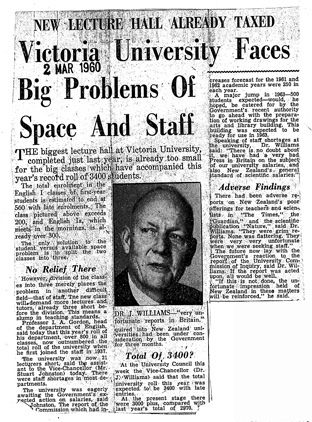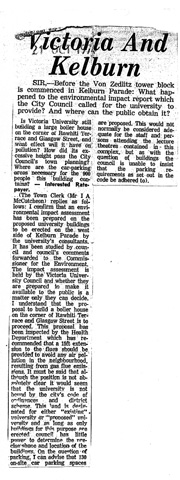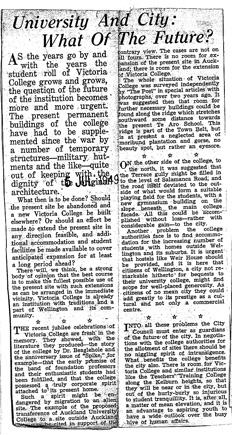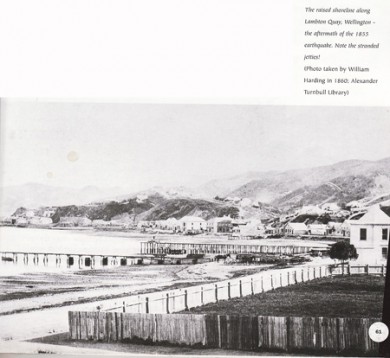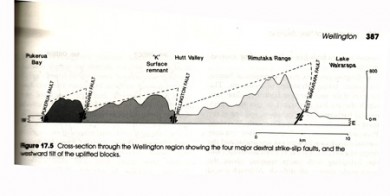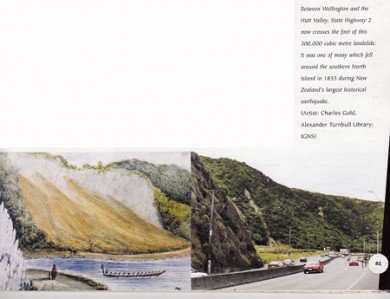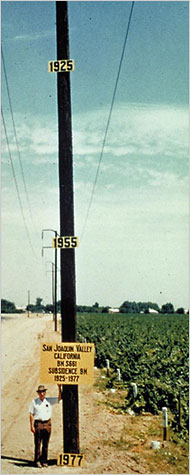William Hsu
Moving Wellington’s Faults: Kelburn deflation exercise 2009
digital animation, deflation pole, altered map
For this project William Hsu undertook a landscape deflation exercise on Kelburn hill to bring the university down to ground. The likelihood of a subsidence occurring at this site isn’t beyond belief. In fact its easily imagined, for some even desired. This work posits the constructive effects that can come from change, and uses the anecdotal to inform a proposition for this place.
William Hsu’s practice is grounded in a socio-geographic context. Based on investigations into those who decide the direction of urban planning and the subsequent effects on those who live with these decisions, he brings attention to the underlying power at play by these systems and the apparatus of infrastructure. He achieves this by constructing work that comes from listening to life situations, ideas latent (possibly more concrete) to be found in their re-telling. In collecting observations and everyday experiences of a place, Hsu distils a concern of a community, often so close it is difficult to see, and presents it back to them.
For this project, Hsu used dialogue as material to investigate the politics embedded in the site of the university by gathering stories from archived materials that give voice to the local community of Kelburn residents and their relationship to the hill; its outlook and its distance from the activities of the city. Hsu’s proposition, plausibly rendered by the movement of the fault lines, makes the land beneath us all the more fragile and uncertain. Hsu’s gesture registered the impossibility of capturing this location. It also infers the irresolvable tensions that circulate around the community’s interests in the hill and its implicit hierarchical status.
Hsu’s work is a tool for thinking about this site. His prop-like pole recording the timeframe of the landscape deflation in the area of the university could be seen as a talking stick, open for collecting observations and experiences of what it means to dwell cantilevered over the city and to work within the university’s archaeological architectural strata as it continues to pursue a colonisation of space. By explicitly dealing with the material of the past, its voices and their architecture, Hsu proposes another outcome for the situation of the university. He gives a critical and hopeful invitation to reflect on the political implications of this site by providing a three-part installation that asks what could be a possible history for this place.
William Hsu’s practice is context responsive and research based. He draws upon existing structures and systems that are related to a situation or place. His work often endeavours to visualise time, producing performative forms and documents that register the impossibility of capturing the experience of location. Graduating with a Bachelor of Visual Arts from Auckland University of Technology in 2001, Hsu has exhibited in numerous contemporary art galleries throughout New Zealand.
In 2007 Hsu participated in the prestigious residency programme Stazione di Topolo in Italy and in 2008 he undertook a residency project: Collecting Towards A Paper Museum in Anyang, as part of Seoksu Art Project Anyang, South Korea. Other recent projects include: Crossing the Isthmus, A Center for Art, Auckland, 2008; Between Previous Now and Coming Soon, Govett-Brewster Art Gallery, New Plymouth, 2008. Hsu is currently a co-director of artist-run-gallery Rm in Auckland.
Material sourced from:
Evening Post Archive
Grey Alison, The Kelburn committee presents the Social Survey of Kelburn, 1980
Bourke Kevin, King Dick and the Kelly Gang: Richard Seddon and political patronage. Wellington: Hit or Miss Publishing, 2008
Barrowman Rachel, Victoria University of Wellington, 1899-1999: A History. Wellington: Victoria University Press, 1999
Cotton C.A., New Zealand Geomorphology, 1955
Begg J.G. and Mazengarb C., Geology of the Wellington Area, Lower Hutt, NZ: Institute of Geological and Nuclear Science, 1996
Soons J.M. and Selby M.J., eds., Landforms of New Zealand. Auckland: Longman Paul, 1992
Hicks Geoff and Campbell Hamish, eds., Awesome Forces: The natural hazards that threaten New Zealand. Wellington: Te Papa Press in association with EQC and IGNS, 1998



